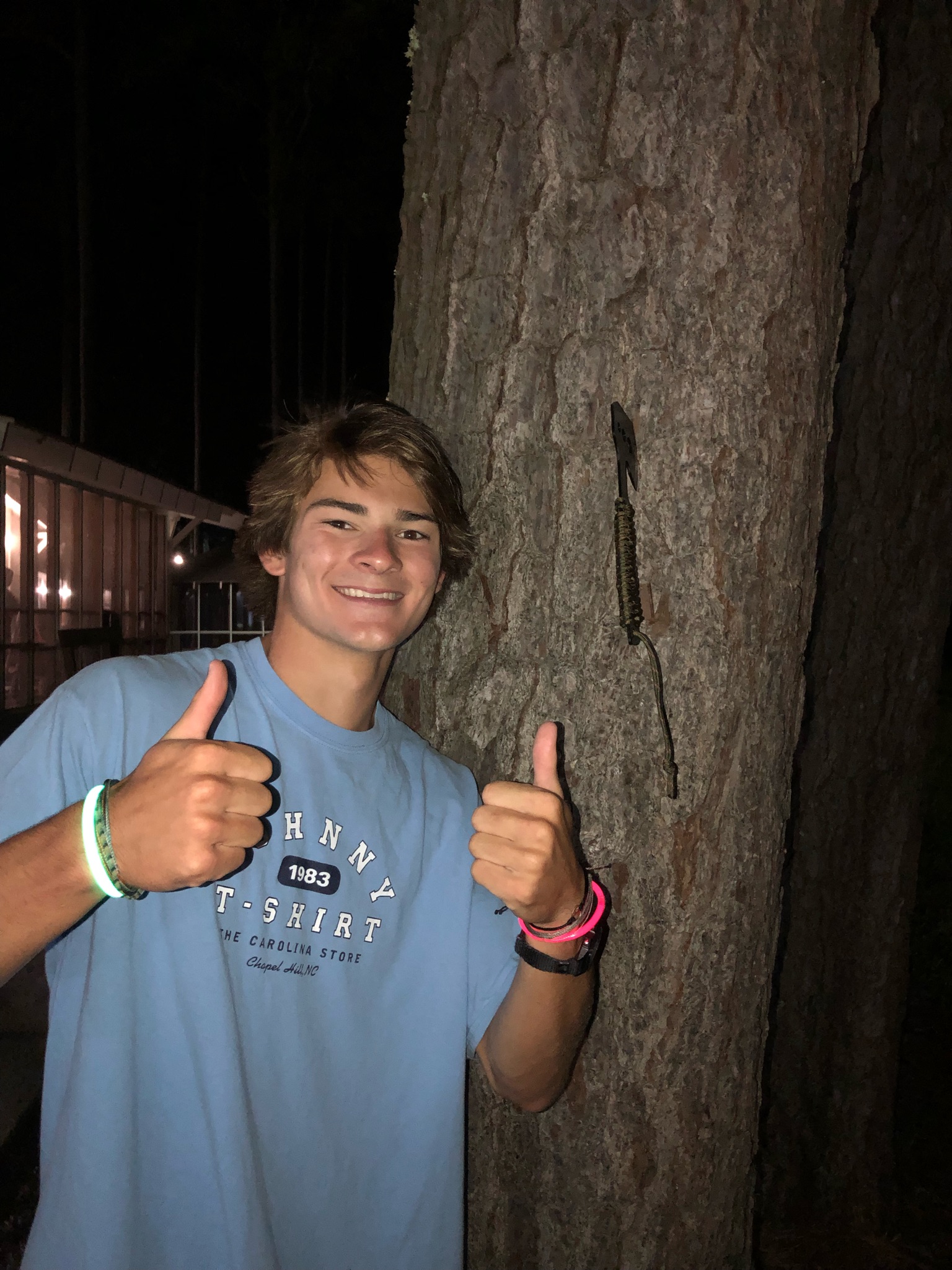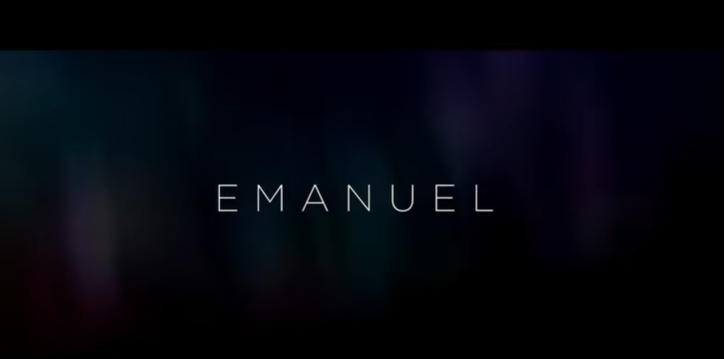A film of love and hate, Emanuel expresses the unfolding events of the horrific church shooting in Charleston in 2015. With first hand perspectives of the events, those involved tell their stories and the impact the shooting had upon themselves, the city, and the nation. (Photo courtesy of Chase Dutton)
Emanuel, released on June 17, 2019, is a heartfelt documentary directed by Brian Tetsuro Ivie. In the documentary, viewers get inside look at the shooting in Emanuel AME Church, Charleston SC.
Backstory:
The film is based on the true events and eyewitness perspectives of the 2015 Charleston church shooting. On June 17, 2015, neo-nazi and white supremisist, Dylann Roof, entered an evening bible study at Emanuel AME Church in Charelston SC. Roof then proceeded to gun down 9 people during the bible study, and drove off into the night. The massacre is labeled as a hate crime toward the black community living among Charleston.
Police launched an investigation to find and detain the alleged killer. 14 hours after the shooting, Roof had driven into North Carolina where he was halted at a routine traffic stop by Shelby County police. He was then taken into custody and questioned. In his questioning by police and FBI officials, Roof smiled and laughed when asked if he was guilty of the Charleston shooting. In response to the question, Roof deliberately smiled and confessed to the massacre.
Upon trial, family members of the deceased and witnesses of the massacre were allowed to speak directly to the accused by permission of the judge. In an unspeakable act of forgiveness, the members one by one forgave Roof for his actions. By means of Christian faith and forgiveness, mothers, fathers, and the church’s pastor forgave Roof for killing 9 members of their community. Families shed light and prayed for God’s mercy upon Roof, instead of incriminating and bringing further more hate upon him. The following statements from the victims families were unplanned before trial:
Nadine Lance, daughter of shooting victim Ethel Lance, spoke to Roof saying, “I want everyone to know, to you, I forgive you. You took something very precious away from me, and I will never talk to her again nor be able to hold her ever again, but I forgive you and may God have mercy on your soul”.
Pastor Anthony Thompson, spoke out to Roof saying, “I forgive you and my family forgives you, but we would like to take this opportunity to repent and confess. Give your life to the one who matters the most: Christ, so he can change you and help you”.
Instead of words of hate and incrimination, expressions of forgiveness and peace are shown toward Roof.
Overview of Emanuel:
Emanuel is a story of how love and coming together is stronger than evil and hate.
The film shows multiple victims of the shooting and their perspectives on the tragic event. This adds the aspect of empathy, as the viewer understands more about the shooting and its aftermath on these people. The film’s interviews dig deep into the first hand experiences of the shooting, capturing emotion and details that make the viewer feel the same pain and sadness that the victim feels..
Director Brian Tetsuro Ivie does a good job with capturing and using authentic emotion to help the audience empathize with and connect to the victims. The use of camera angles and imagery can increase or decrease the intensity of each scene. As well as the use of sad melodic music throughout the victim’s interviews increases the mournful and empathetic tone of the film.
The heartfelt documentary not only focuses on the horrific events of the Charleston shooting, but it also raises awareness of injustice and racism in the United States. In the beginning of the film, the racist historic background of Charleston is unveiled. Explaining how although the geographic nature of Charleston holds its beauty, the problematic past it withholds is not as pretty.
“People see the various church steeples piercing the sky on a sunny day and think Charleston is the holy city. But I often remind people that the city might be called the holy city, but it’s past is not so holy,” said journalist Herb Frazier regarding the racist past of Charleston.
In its past, racism, injustice, fear, and violence surrounded the city of Charleston, let alone South Carolina. Being the first to secede from the nation during the Civil War, serving as a hotspot market for slavery, and the waving of the Confederate flag over the capital until 2016 prove to show the sytematic racism living among Charleston.
Only 2 months prior to the church shooting, the Walter Scott case occurred in the northern region of Charleston.
An unarmed black man by the name of Walter Scott was shot and killed at point blank range by a white police officer named Michael Slager. Officer Slager approached Scott over a non functioning brake light and began questioning Scott. A physical altercation between the two was shown in video footage of the scene, and in fear Scott ran from Officer Slager. In his attempt to flee, Slager drew his weapon and fired eight rounds at Scott from behind, puncturing his legs, back, and head. Scott died from gunshot wounds within minutes, and little to no medical attention was provided by Officer Slager. Video recording from local bystanders surfaced all over social media. The video footage and racial difference led many to believe the shooting was racially motivated, generating a widespread national controversy
The case was independently investigated by the South Carolina Law Enforcement Division. In a South Carolina grand jury decision indicated Slager was on a charge of murder and sentenced to only 20 years in federal prison. The opposing prosecutors urged that Slager be sentenced to life in prison for a shooting that amounted to second degree murder. The judge did not stand for this proposition, and sent the nation into outrage. Protests and riots occurred after the weak sentence of Slager. The national public raged with anger and turmoil over the injustices of the case. The case of Walter Scott presumes to show how Charleston at the time was already divided, and the short conviction sentence caught Roof’s attention.
After witnessing the events of the Walter Scott case, Roof noticed the national outcry and attention that was drawn to the case. Because of Walter Scott, Roof became obsessed with white supremisist ideologies and radical theories of white power in America. He wrote racist theories in his personal journal, filming himself with guns and Confederate flags, and planning attacks against black and non white communities. After noticing how Michael Slager was convicted to only 20 years, Roof believed the justice system would be in his favor if he were to carry out such actions as well. Roof gained his racist mindset and intentions through the Walter Scott case ,only two months before he would carry out a mass shooting at Emanuel AME Church.
Images of outlash and protest from the Walter Scott case is shown in the film and explains how violence incites more violence because of racism in America. Knowing this cause and effect, the families who spoke out in forgiveness to Roof intended to put out the fire of hate and racism. Forgiving the man who murdered sons and daughters in cold blood shocked the world and media entirely. In which the movie does an excellent job capturing the impact of the families’ forgiving words toward Roof.
And in response to these actions, people came together in unity. The world became one over the impact of love, not hate or racism. Film production officials and Ivie incorporate images and real footage of gatherings outside the church and all over Charleston in response to forgiveness and love. Even footage of President Barack Obama making an appearance and speech shows how powerful a city and nation can be over the essence of love instead of hate.
Emanuel is an incredible film that captures the untold perspectives and story of the tragic shooting that shocked the nation in 2015. Expressing the darkness of the massacre, Emanuel sheds light onto the future and the importance of love over evil and hate.

Hi! My name is Chase and I am a staff writer for The Mycenaean. Two fun facts about me are that I enjoy playing guitar with my dad and friends, and I also am a two-time spikeball tournament champion.

Leave a Reply